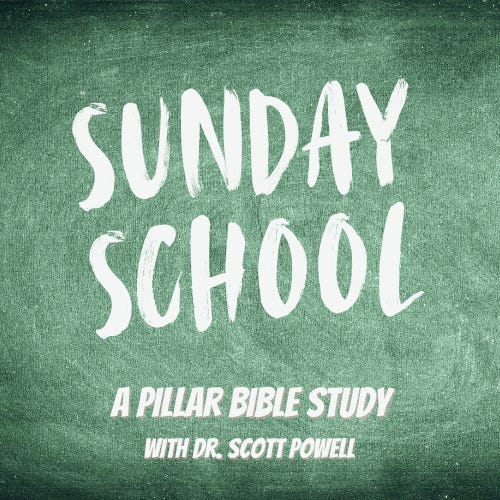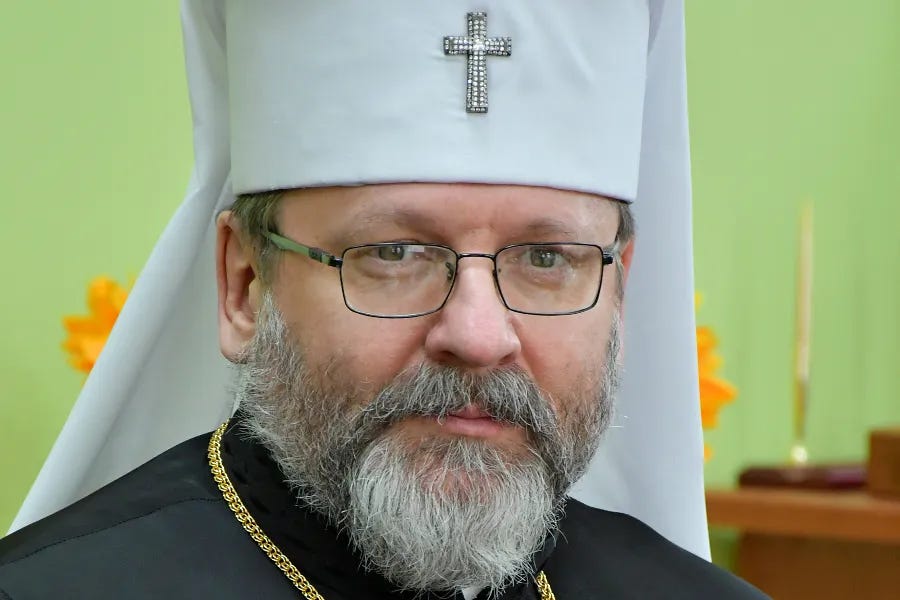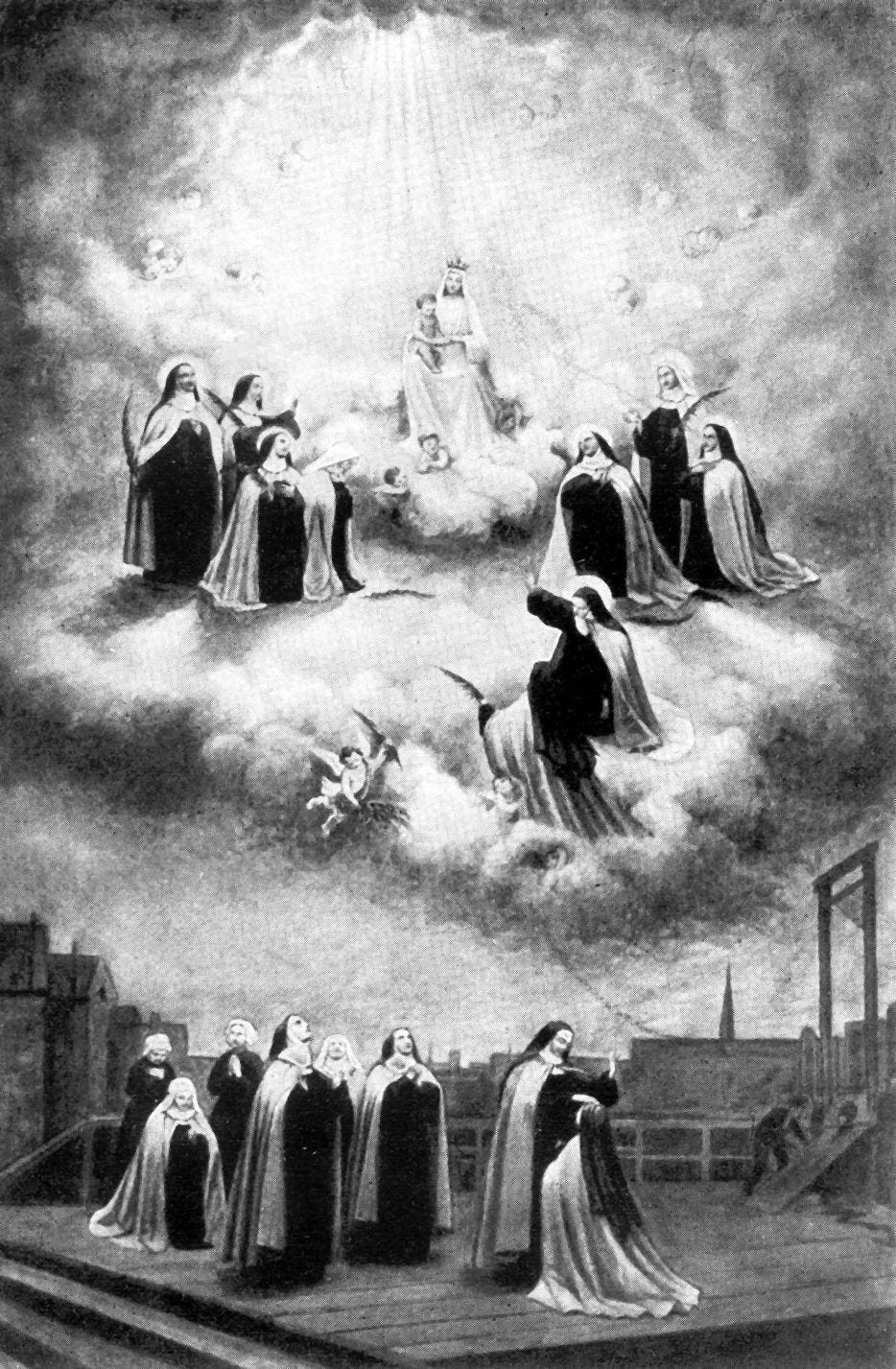Monday, August 15 is the Solemnity of the Assumption of the Blessed Virgin Mary.
It could be assumed that you’re an expert on such matters, but here are a few things you might need to know — like, isn’t today a holy day of obligation?
(Portions of this explainer - but not all - have been published previously by The Pillar! We ♻️! )

Isn’t the Assumption usually a holy day of obligation? Is it today?
Yes. The Assumption is usually a holy of day obligation.
No. If you’re reading this in the United States on Aug. 15, 2022, you are not obliged to go to Mass today.
Why not?
Canon law gives national bishops’ conferences the power to suppress some days of obligation, or move them to Sunday.
In 1991, the U.S. bishops’ conference determined that:
“Whenever January 1, the solemnity of Mary, Mother of God, or August 15, the solemnity of the Assumption, or November 1, the solemnity of All Saints, falls on a Saturday or on a Monday, the precept to attend Mass is abrogated.”
If you’re keeping score at home, the next time August 15 falls on a Monday comes in 2033, and then 2039. The Assumption will fall on a Sunday in 2027.
The Solemnity of Mary, Mother of God will fall on a Sunday next year, and on a Monday in 2024.
The Solemnity of All Saints will fall on a Sunday in 2026, and on a Monday in 2027.
What do Catholics believe about the Assumption?
In 1950, Pope Pius XII defined in a dogmatic and infallible way the doctrine of the Assumption. The pope expressed it this way:
The Immaculate Mother of God, the ever Virgin Mary, having completed the course of her earthly life, was assumed body and soul into heavenly glory.
While all who are saved in Christ will experience the resurrection of their bodies, the Church teaches that because Mary was conceived without original sin, “she did not have to wait until the end of time for the redemption of her body.”
Interestingly, the Church does not teach definitively whether Mary died before her Assumption.
Theologians have usually taught that Mary died, and that her body and soul were then assumed into heaven, where she is crowned the queen of heaven and earth. In the East, theologians have usually talked about Mary’s “dormition,” — a kind of falling into peaceful sleep, and into death, which preceded her Assumption.
But when Pope Pius XII defined the Church’s dogmatic understanding of the Assumption, he did not take a position on whether the Blessed Virgin Mary actually died before she was taken into heaven.
Why did Pius XII declare and define Mary’s assumption as a dogma of the Church?
Christians in the second and third centuries — just a few hundred years after Christ — believed that Mary was assumed into heaven at the end of her life. A text from that period, called the Transitus Mariae, even gives a poetic (and non-canonical) account of the Assumption:
The apostles.. laid down her precious and holy body in Gethsemane in a new tomb. And, behold, a perfume of sweet savor came forth out of the holy sepulcher of our Lady the mother of God; and for three days the voices of invisible angels were heard glorifying Christ our God, who had been born of her. And when the third day was ended, the voices were no longer heard; and from that time forth all knew that her spotless and precious body had been transferred to paradise.
There were other traditions in the early Church about Mary — some said that she had died a martyr, while others that she had undergone a normal death and burial.
But in the fifth and sixth centuries, a number of books about the Assumption began to emerge, drawing from earlier communities and earlier traditions, especially in the East.
The Assumption began to be celebrated annually as a liturgical feast in the East in the fifth or sixth century, and in the eighth century in the West. It was a commonly held doctrine in the Middle Ages, even by some Protestant reformers, including Martin Luther.
Pius XII declared the dogma of the Assumption as Europe recovered — spiritually, economically, socially, and politically — from the ravages of the Second World War. In the wake of the war, and as Europe itself began to change in previously unimagined ways, the pope had encouraged a resurgent wave of Marian devotion, and increased study by theologians of the theology of the Blessed Virgin Mary.
In Munificentissimus Deus, the pope was clear about his reasons:
We may hope that those who meditate upon the glorious example Mary offers us may be more and more convinced of the value of a human life entirely devoted to carrying out the heavenly Father's will and to bringing good to others. Thus, while the illusory teachings of materialism and the corruption of morals that follows from these teachings threaten to extinguish the light of virtue and to ruin the lives of men by exciting discord among them, in this magnificent way all may see clearly to what a lofty goal our bodies and souls are destined. Finally it is our hope that belief in Mary's bodily Assumption into heaven will make our belief in our own resurrection stronger and render it more effective.
And in a 1946 encyclical, the pope explained a resounding call for the a dogmatic definition of Mary’s Assumption:
…numerous petitions (those received from 1849 to 1940 have been gathered in two volumes which, accompanied with suitable comments, have been recently printed), from cardinals, patriarchs, archbishops, bishops, priests, religious of both sexes, associations, universities and innumerable private persons have reached the Holy See, all begging that the bodily Assumption into heaven of the Blessed Virgin should be defined and proclaimed as a dogma of faith. And certainly no one is unaware of the fact that this was fervently requested by almost two hundred fathers in the Vatican Council.
Apart from Mass, how is the Assumption celebrated?
There are traditional processions and feasts in countries around the world to celebrate Mary’s Assumption. And because August 15 is for a lot of Catholics toward the end of summer, many traditions involve spending the day at the beach or a lake — in some cultures, a statue of the Blessed Virgin Mary is taken to the beach while the sea is blessed.
In Poland, the Assumption is celebrated traditionally with an herb festival, and herbs are blessed in churches, as the herb harvest reaches its peak in mid-August.
For some Catholic countries, the Assumption falls right in the middle of the traditional August shutdown — so the Blessed Virgin Mary is celebrated with a kind of long vacation.
The Assumption is certainly a good day to pray the glorious mysteries of the rosary, and to spend some time — perhaps by the water — with family.
For some people, though, the Assumption is also the beginning of a period of fasting — St. Michael’s Lent — a custom started 800 years ago by St. Francis.
Francis kept a period of fast from the Assumption until the feast of St. Michael on September 29, in honor of St. Michael the Archangel, and as a kind of spiritual discipline. It’s during that fasting period that St. Francis received the stigmata in 1224.
While St. Michael’s Lent lost popularity in the 19th and 20th centuries, some Catholics have begun keeping it again.
The Assumption is reportedly a customary day for getting engaged in some parts of France, as newly betrothed couples would ask Mary’s intercession together. Fellas, we’re just sayin’…




